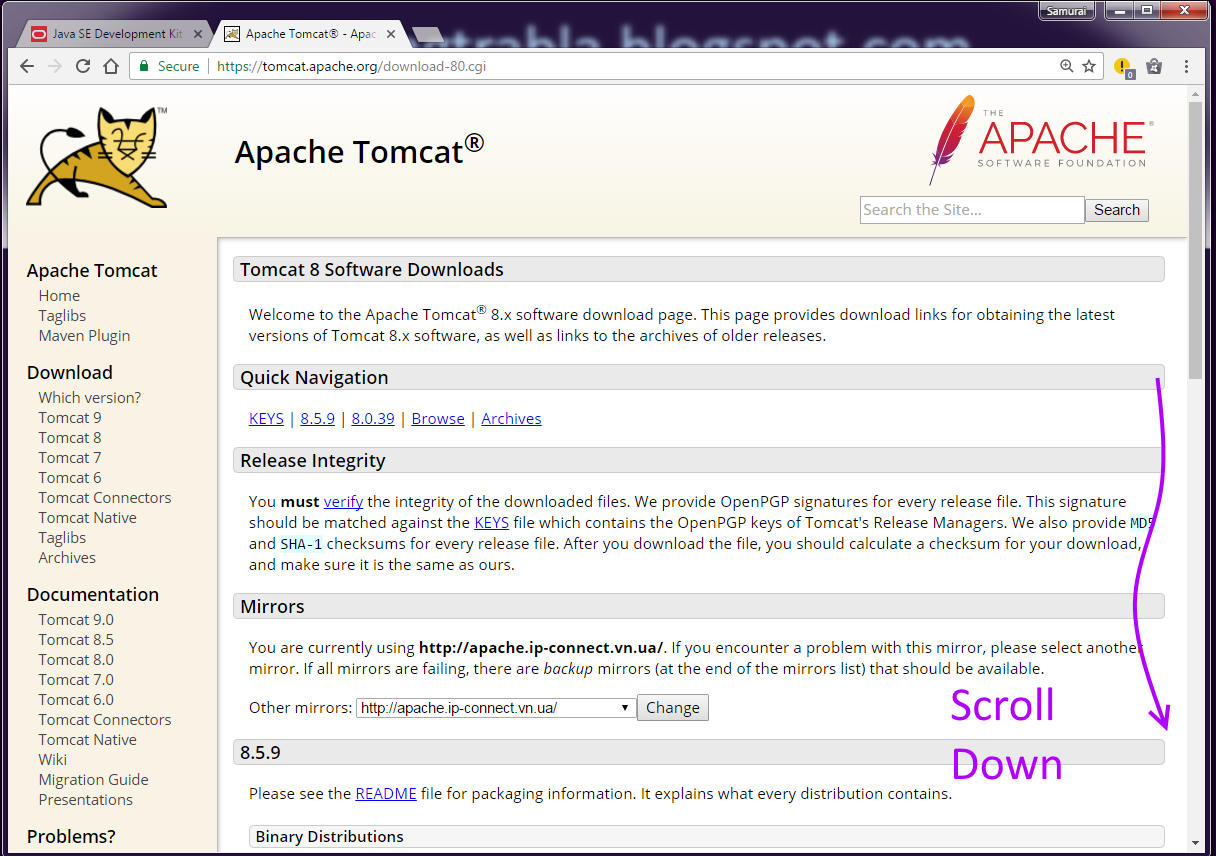
But you can help them out by running it yourself first and fixing anything it catches.īefore constructing your patch, please run the top-level pre-commit check, which finds problems like tabs and tags in source files, broken links in javadocs, files not controlled by Subversion (a.k.a. if you installed ant from distribution packages (yum, apt, etc.) then try installing ivy from the same.Ĭommitters run this check before they commit something.try installing a clean version of Apache Ant downloaded directly from the Apache mirrors.try removing "rpm_mode=true" from your /etc/ant.conf.try adding "rpm_mode=false" to your ~/.ant/ant.conf.try using the "-noconfig" option when running ant.Suggested fixes for people who still have problems getting Ivy to work after running "ant ivy-bootstrap". The majority of these issues seem to be people using installations of ant packaged by linux disto providers that either do not provide a full ant install (ie: additional RPMs are required) or explicitly disable the ability to use "user lib" feature of ant in their configs, or have some other problems. To debug the Ant build.xml created in Eclipse, Right click on build.xml ->Debug As -> Ant Build. A green ball/icon appears which states that a breakpoint has been set. Once you have ant working, you can use the "ant ivy-bootstrap" build target to have ivy automatically downloaded and installed for you in your $/.ant/lib For putting breakpoints just double click on the blue bar on the left. Starting with 3.6, Apache Ivy is also required for fetching dependency jars to compile against.

Building Lucene requires that you have Apache Ant installed.


 0 kommentar(er)
0 kommentar(er)
